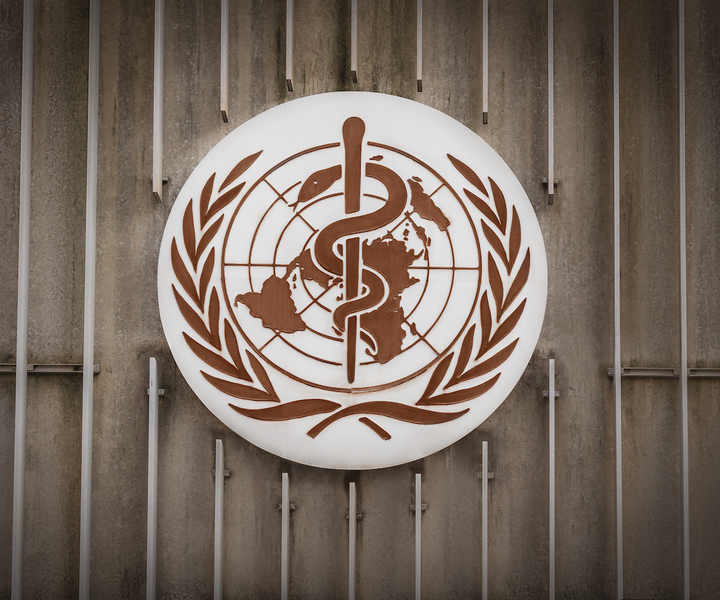WHO recommends risk management plans for high-risk excipients

The World Health Organization (WHO) has released two draft appendices to a recent draft guideline on good manufacturing practices (GMPs) for excipients. The first document recommends manufacturers develop risk management plans for controlling and preventing contamination of high-risk excipients. A separate appendix lists the types of high-risk excipients that should be subject to scrutiny under these plans.
Both documents complement a draft guideline issued by WHO last year on controlling excipients. (RELATED: WHO proposes updated excipient GMPs in wake of contaminated cough syrup, Regulatory Focus 10 April 2023)
These documents follow a health alert issued by WHO in January 2023 linking at least 300 child deaths in Gambia, Uzbekistan, and Indonesia following ingestion of contaminated cough syrups containing unacceptable levels of diethylene glycol (DEG) and ethylene glycol (EG).
The guideline on risk assessments, which is in the form of an Appendix 1, says last year’s guideline “requires the application of risk management principles in the production and control of these excipients.”
The guideline states that “it is essential that manufacturers of these excipients identify and assess the risks associated with the production and control, packaging, storage, re-packaging and distribution of excipients. This will enable manufacturers, packers and distributors to identify and to establish, implement and maintain controls as part of the quality system, to ensure the quality, safety and purity of excipients.”
The risk management plans may help manufacturers identify whether separate, dedicated facilities are required for certain excipients, and whether these premises and equipment are suitable for their intended use in producing and controlling the excipients.
The guideline also recommends the use of a “suitable” and “appropriate” risk assessment tool, such as Failure Mode Effect Analysis (FMEA) in performing these risk assessments.
The risk assessment plan should cover raw materials, packaging materials, processing steps, solvents, equipment, utilities, environment, storage, distribution, the intended use of the excipient, and the dosage form of the finished pharmaceutical product in which the excipient will be used.
In performing the risk assessment, manufacturers should address the following questions:
- What might go wrong?
- What is the nature of possible risks?
- What is the probability of their occurrence?
- Is it possible to detect these risks?
The guideline says manufacturers should develop a risk assessment for each excipient. Special consideration should be given to the raw materials, solvents, premises, equipment, and water used to manufacture the excipient. The document uses several examples to illustrate the use of these risk assessments.
Guideline on high-risk excipients
The Appendix 2 document says that eight high-risk excipients should be subject to risk assessments and other controls.
The list, which will be periodically updated, includes ethylalcohol (ethanol), glycerol, hydrogenated starch hydrolysate, isopropyl alcohol (IPA), maltitol, propylene glycol, and sorbitol.
These excipients are especially susceptible to contamination through the production process or through mixing with other chemicals or solvents.
In addition to conducting risk assessments, manufacturers should purchase only pharmaceutical-grade excipients from qualified, bona fide suppliers, and test ingredients before using them in finished pharmaceutical products.
The deadline for submitting comments on both documents is 9 June. Submit comments here: [email protected] to the attention of Bezawit Kibret.
WHO aims to collect feedback and publish a working document for discussion and possible adoption by its Expert Committee on Specifications for Pharmaceutical Preparations in August or September 2024.
Download the “WHO guideline on risk management Appendix 1“ here
Download the “WHO list of examples of high-risk excipients Appendix 2“ here
Read the original article here
Source: Joanne S. Eglovitch, 01 May 2024, Regulatory News, WHO recommends risk management plans for high-risk excipients | RAPS

